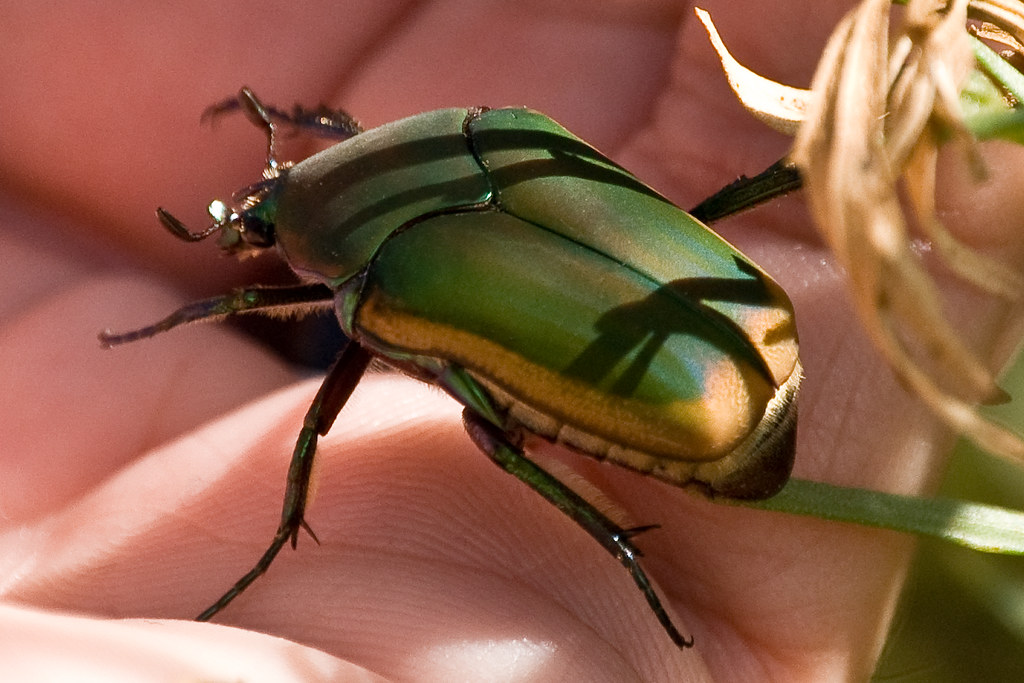
Originally written by Hatchet#5110
WHY SHOULD YOU CONSIDER FLAKESOIL?
The answer is simple: it may be the best substrate for your beetles, millipedes, and isopods!
Instead of collecting substrate components like decaying wood outside, and potentially harming microhabitats in the process, you can consider the use of flakesoil. It’s a far more sustainable option that doesn’t affect local biodiversity. While materials from outside can sometimes also bring in pests, flakesoil is free from any unwanted inhabitants.
The degree of decay can be specifically adapted and modified for the species it’s being used for. Flakesoil is also of a significantly high and stable quality, and is packed with nutrients that regular rotting wood and leaves don’t always provide.
Millipedes are reported to grow faster, larger, and even breed more readily on flakesoil than on substrates more commonly used in captivity. This is due to the improvement upon and better understanding of the nutritional needs of invertebrates. Flakesoil has also made a big impact on the captive breedability of many species called “unbreedable” historically. For example, flakesoil makes the breeding of many Sphaerotheriida possible, and not just a game of luck.
HOW TO MAKE FLAKESOIL
Making flakesoil can be a complicated process, but can be perfectly possible with the correct materials and enough attention to detail.
A detailed flakesoil recipe, transcribed by raven#6666, can be found here.